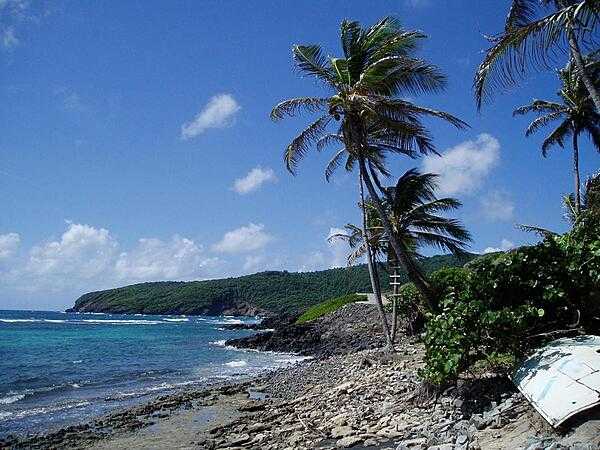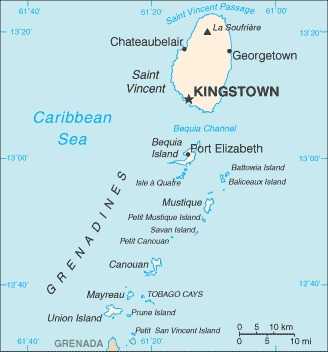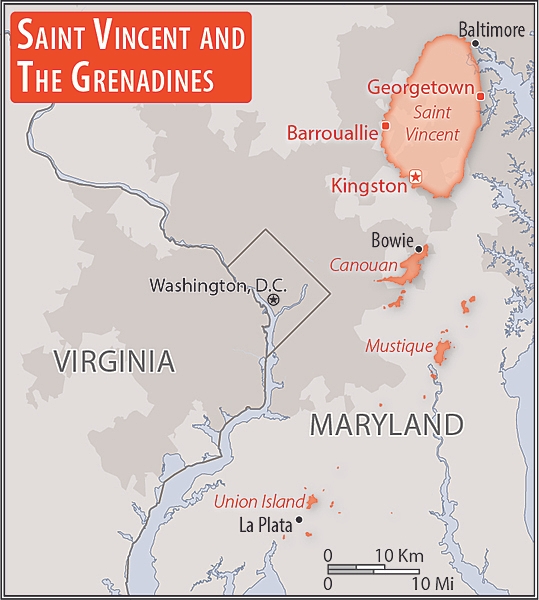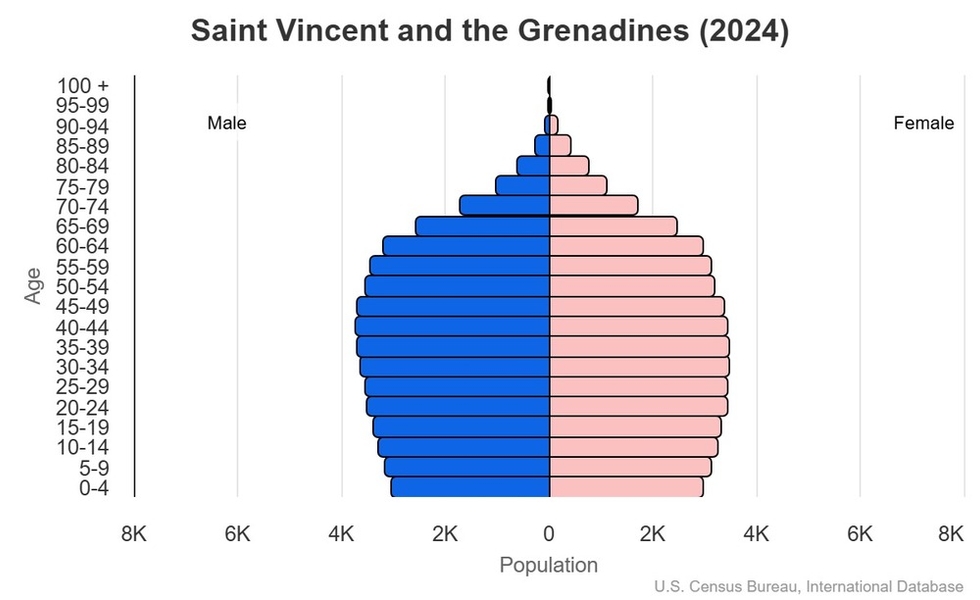Introduction
Visit the Definitions and Notes page to view a description of each topic.
Geography
People and Society
Population
comparison rankings: total 195; male 192; female 196
Median age
comparison ranking: total 81
Population growth rate
comparison ranking: 203
Birth rate
comparison ranking: 141
Death rate
comparison ranking: 94
Net migration rate
comparison ranking: 207
Maternal mortality ratio
comparison ranking: 91
Infant mortality rate
comparison ranking: total 109
Life expectancy at birth
comparison ranking: total population 96
Total fertility rate
comparison ranking: 146
Obesity - adult prevalence rate
comparison ranking: 64
Alcohol consumption per capita
comparison ranking: total 52
Education expenditure
comparison ranking: Education expenditure (% GDP) 21
Environment
Carbon dioxide emissions
comparison ranking: total emissions 202
Government
Economy
Real GDP (purchasing power parity)
comparison ranking: 199
Real GDP growth rate
comparison ranking: 70
Real GDP per capita
comparison ranking: 109
Inflation rate (consumer prices)
comparison ranking: 113
GDP - composition, by sector of origin
comparison rankings: agriculture 124; industry 161; services 47
Industrial production growth rate
comparison ranking: 21
Labor force
comparison ranking: 187
Unemployment rate
comparison ranking: 179
Youth unemployment rate (ages 15-24)
comparison ranking: total 7
Taxes and other revenues
comparison ranking: 24
Current account balance
comparison ranking: 100
Reserves of foreign exchange and gold
comparison ranking: 170
Debt - external
comparison ranking: 114
Energy
Electricity
comparison rankings: installed generating capacity 193; consumption 195; transmission/distribution losses 19
Energy consumption per capita
comparison ranking: 105
Communications
Telephones - fixed lines
comparison ranking: total subscriptions 186
Telephones - mobile cellular
comparison ranking: total subscriptions 193
Broadband - fixed subscriptions
comparison ranking: total 160
Transportation
Merchant marine
comparison ranking: total 30





